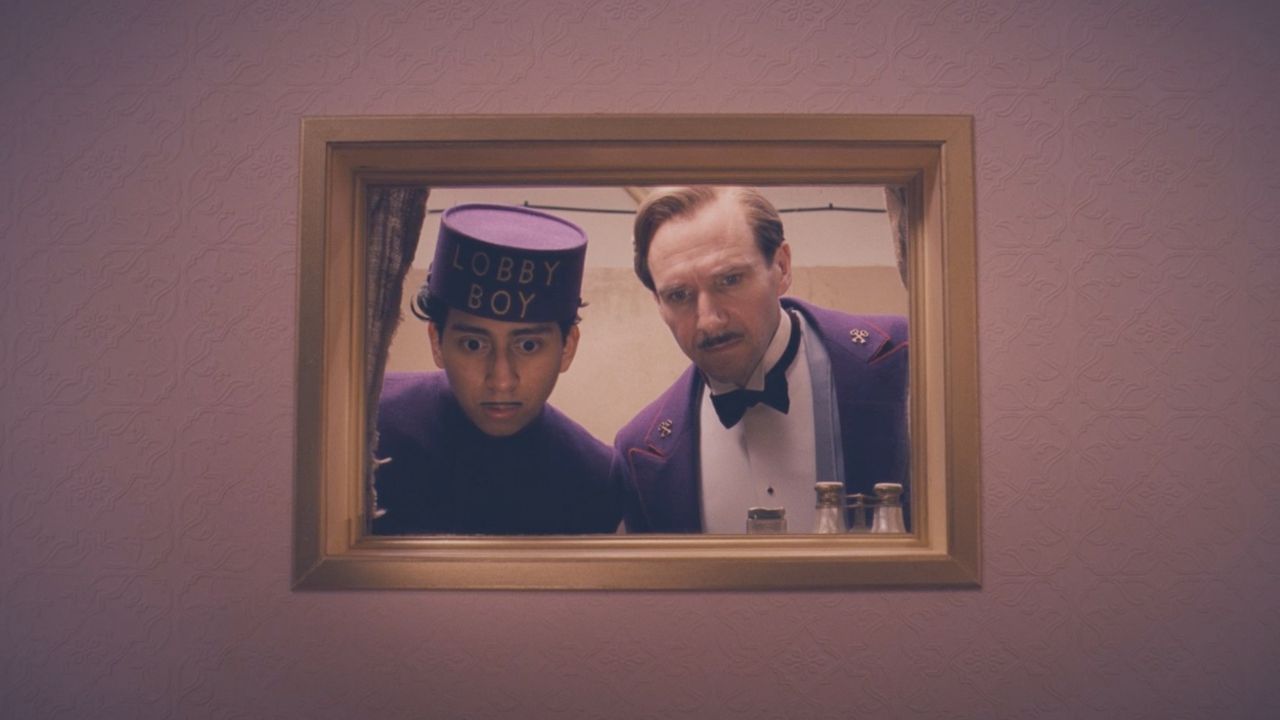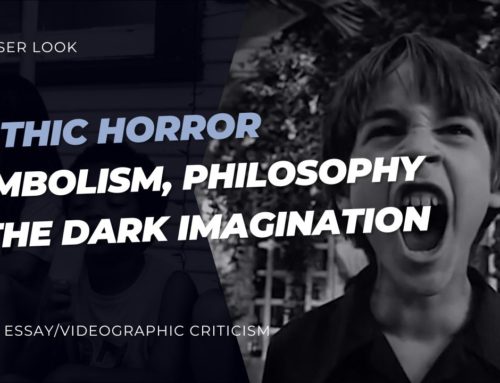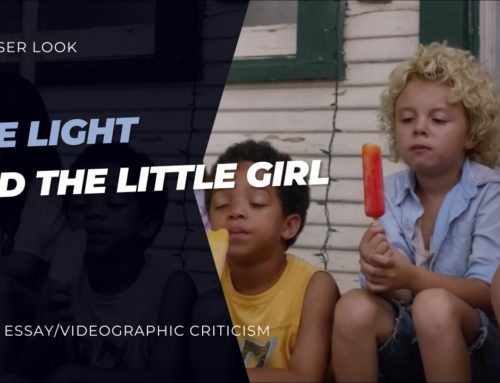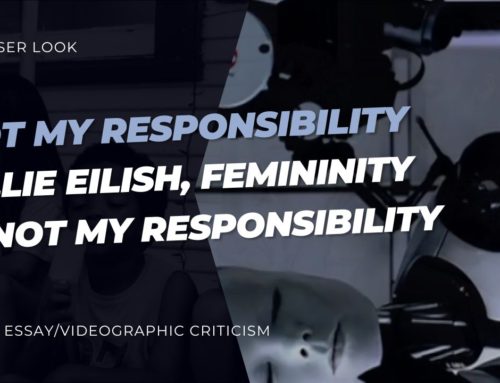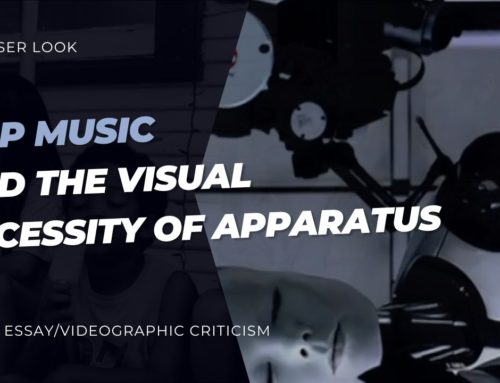The extravagant visual style of Wes Anderson is one that has been discussed a lot in the world of film and for good reason. He is a major inspiration for my interest in film and filmmaking. I am in awe of the unique way Anderson brings storytelling to life and the relationship between all the visual, cinematic and technical elements presented in his films. So, let’s explore further exactly what it is that makes a Wes Anderson film the way it is.
Symmetry
Symmetry is one of the most notable Anderson features. Action on screen is unusually centralised and/or mirrored which draws our attention to the precision involved. Plus, the psychological connection between the human brain and symmetry could explain why its use is so mesmerising.
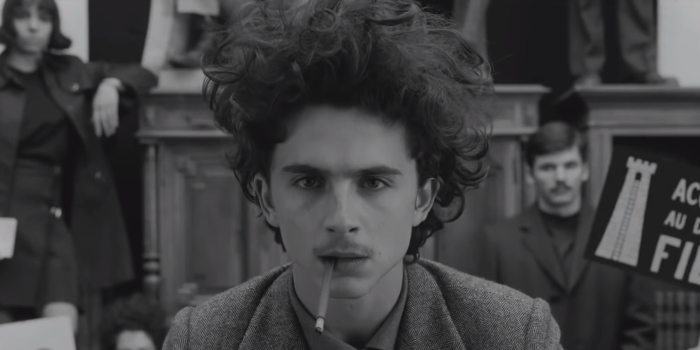
Planimetric Composition (and Compass Point Editing)
Planimetric composition (when the camera is perpendicular to elements of the scene) is what makes his shots appear two dimensional. Characters generally move horizontally or vertically in relation to these plains and the camera. Anderson also uses compass point editing techniques such as whip pans in 90 degree increments to maintain this composition. The resulting effect? The filmic space looks and feels constructed and the viewer is likely conscious of this fact. The debate here is whether this effectively contributes to the cinematic experience or if it takes the viewer out of the film instead.
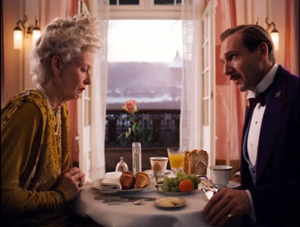

Colour
Another stand out feature of the Wes Anderson style is colour. Notably, each movie has its own colour palette – usually charming pastel colours. When he does use bright colours, it is in contrast to sad events. This overall exaggerated use of colour creates a world far removed from reality which allows Anderson to get away with more extraordinary plots.
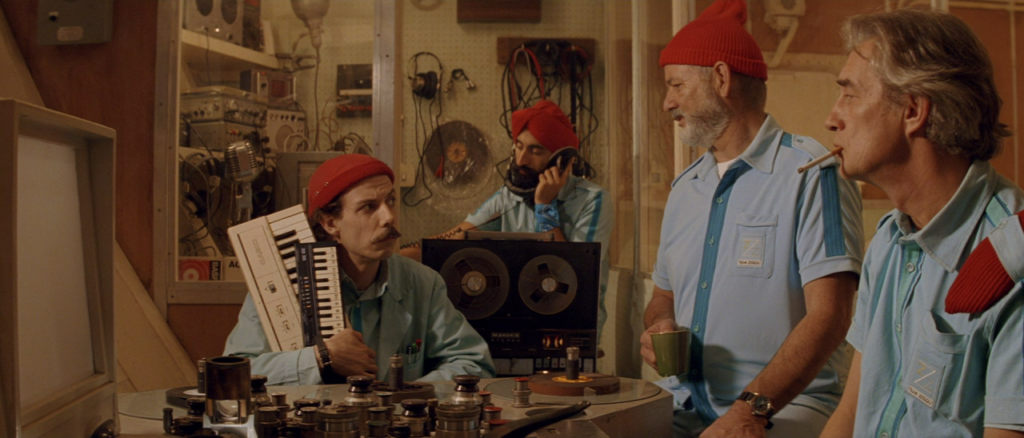
Storytelling
As a common thread, Wes Anderson films seem to want to highlight the ‘cinema’ of it all rather than hide the filmmaking. His films are often presented as stories within stories: Moonrise Kingdom (2012) has a narrator who speaks to the camera, Rushmore (1998) uses curtains to separate chapters like a play, and The Darjeeling Limited (2007) has a character who seems to be writing the story we’re inside of.

It’s almost impossible to talk in depth about absolutely everything that goes into a Wes Anderson film. There’s also slow motion, tracking shots, typography and more. However, the points I’ve chosen to discuss start to break down key visual and aesthetic choices. Might go and rewatch The Grand Budapest Hotel for the fifth time now…

